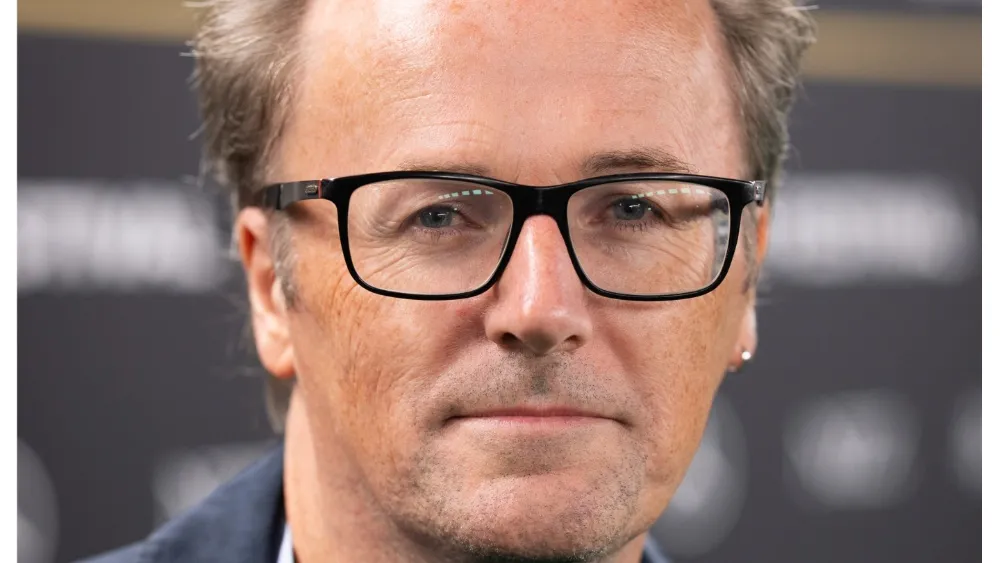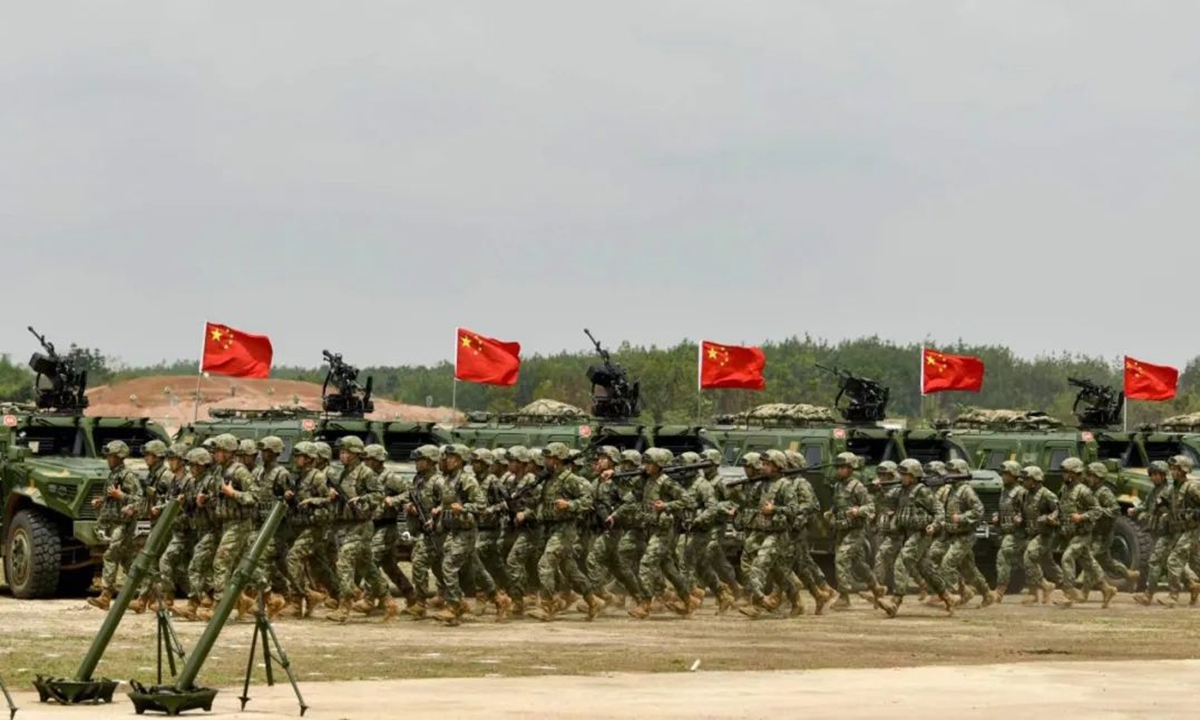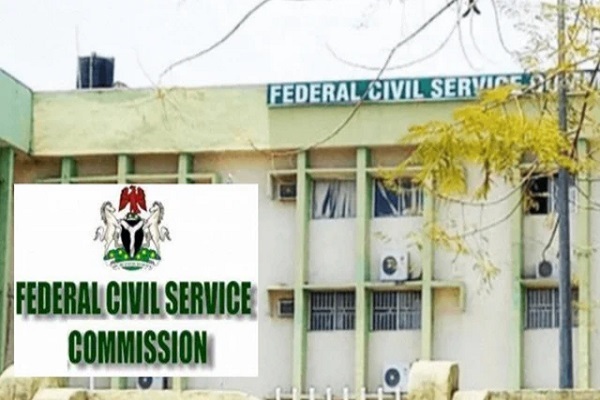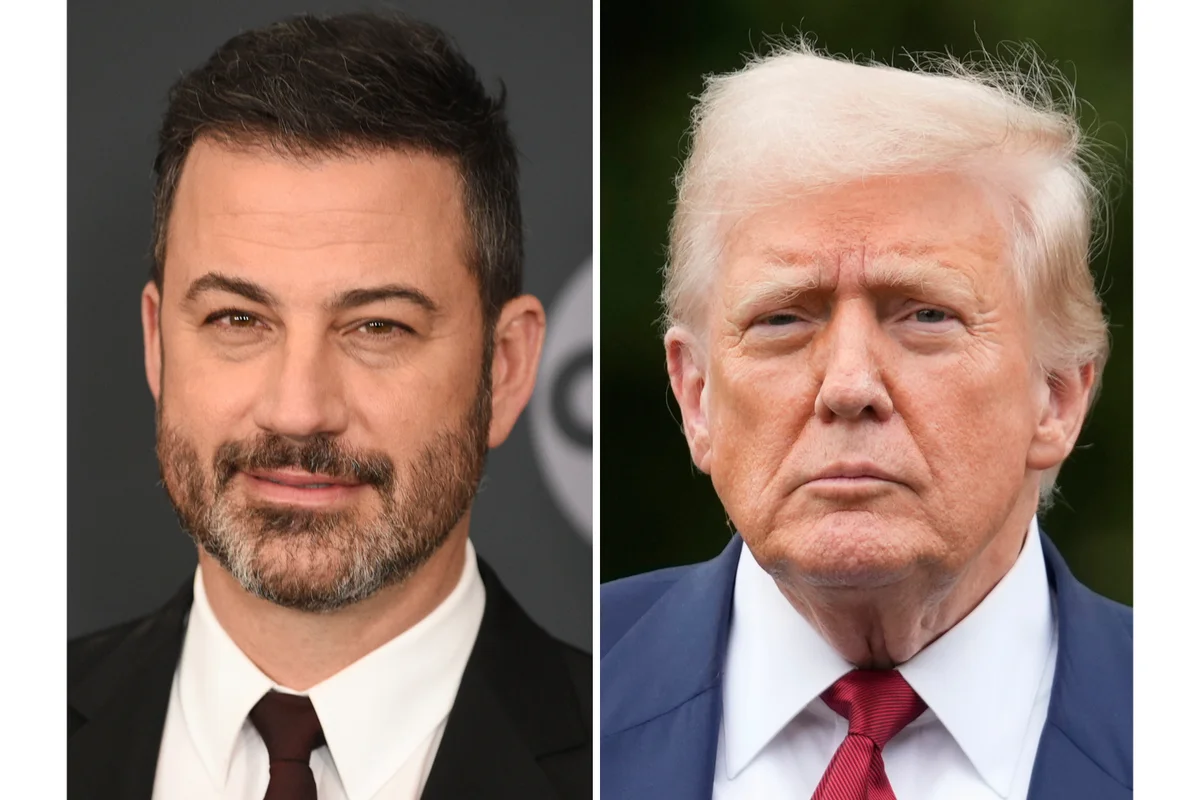
In September 2021, British director Rupert Wyatt (“Rise of the Planet of the Apes”) started principal photography in Saudi Arabia’s planned futuristic city of Neom on $150 million action epic “Desert Warrior,” touted as the country’s first Hollywood-style tentpole movie.
Featuring a top-notch international cast led by “Captain America” star Anthony Mackie, Ben Kingsley and Aiysha Hart (“Mogul Mowgli,” “Colette”), the 7th-century Arabia-set film revolves around a princess (Hart) who refuses to serve as concubine to a ruthless emperor (Kingsley), prompting an epic showdown called the Battle of Ze Qar. Though production was completed by February 2022, “Desert Warrior’s” journey to the big screen was just beginning.
The film — which is produced by Saudi-owned powerhouse MBC Studios with U.S. producer Jeremy Bolt (“Resident Evil”) and Stuart Ford’s AGC Studios — spent a long time in post-production hell after new MBC management decided to take Wyatt off the picture. As the years rolled on, some deemed it a train wreck that might never make it to the big screen after all.
“There was a desire to start to change the movie. And it wasn’t really the movie that I had set out to make, nor had I shot,” Wyatt tells Variety. “And so I resisted, and I was sidelined. I was sidelined for a good period.”
However, Wyatt was eventually reinstated and his “Desert Warrior” cut bowed this weekend at the Zurich Film Festival. Despite mixed reviews, the film debuted to unanimous praise for its stellar production value, thus doing away with any train wreck connotations — which the director says stemmed from “a certain disdain” due to the fact that “we weren’t Hollywood” and “we had a lot of money.”
Below, Wyatt speaks to Variety about the long journey to get “Desert Warrior” on the big screen and why, despite all the challenges, he’s “still pushing for a success.”
How did this project come your way?
I met Jeremy Bolt, the producer, a couple of years before we started on this. We were developing a project together which never came to fruition. A long time work colleague of his, Pete Smith, who ran MBC Studios at the time, had decided to develop this project and I was asked to come on board.
What attracted you to “Desert Warrior” from the outset?
It’s a very important story for the region. It’s kind of their [Battle of] Agincourt. They had this notion that they were going to embark on this very ambitious epic, primarily centered around the character of Princess Hind. From my perspective, I saw an incredible opportunity. I mean, I’ve long been fascinated by the region, the culture, the Bedouin culture. I love the desert. It’s a hidden period of history, the seventh century, I knew very little about. The Sassanid Empire was something I was fascinated by. When Jeremy approached me, it became clear that there was an opportunity to make something very much in-camera [not heavy on special effects and studio work] because of the nature of how we were going to make it and who we were going to make it with — it was outside of Hollywood. So I jumped at the chance, but on the proviso that I could sort of really make it my own.
What type of challenges did “Desert Warrior” pose?
We started scouting and then COVID-19 hit. So initially, we were beset with a lot of delays. We were going to go into production in 2020, and then that was pushed a few months. But in an interesting way, it gave us an amazing opportunity to really get into the region and get a better sense of how to work there and how to make a film there. Because it was all from the ground up. That was really one of the biggest challenges, I would say. I mean, there were many challenges. From a storytelling perspective the challenge was really just trying to embrace a film of this size and be able to sort of wrestle its emotional core into place. That’s always a challenge, but with this one it was in particular.
Let’s talk about the shoot in Neom and Tabuk. This film certainly breaks new ground for the nascent Saudi industry. Did the fact that that Saudi Arabia is somewhat on a learning curve impact the physical production?
Not from my perspective. I mean, we had about 600 people, including drivers — not including cast or extras — but literally a crew of 600+ with us, under one roof in the middle of the desert for several months. And a lot of that crew were from the region. We had Jordanian, we had Lebanese, we had Syrian, we had everyone from across the Arabic diaspora. And then we had Canadian, Italian, Serbian, American, English, Australian, South African. So it was 40+ nationalities. It’s easy to sort of say, “Hollywood comes to town.” But it wasn’t quite like that, because we weren’t Hollywood. We were a very international bunch of filmmakers with many different backgrounds and cultural influences. And one of the things that I found — and I say this genuinely — is that the experience of making a film in that region was quite profoundly inspiring. I think it has a lot to do with the fact that we it was a brand new experience for so many of us to to make a film from the ground up. We had, logistically, very little support. We were out there on our own. It was like making your first film on an extraordinary scale, because we had to make choices that normally are made by people in back rooms. For us, it was very much like sink or swim.
You were taken off the final edit, and then brought back on. Can you talk to me about that experience?
What I can say is this. The making of this film from Day One — other than the challenges posed by COVID — is one of the best filmmaking experiences I’ve ever had. Creatively, it was incredibly harmonious. Logistically, immensely challenging, but ultimately successful. We were about four days over schedule by the time we wrapped, which, for a film of this size, is a real achievement. And that wasn’t me, that was actually primarily Eric Hedayat, my line producer, and Jeremy, the producer. They were incredibly tenacious and they really kept everything on on track. So when we came away from the the end of our main shoot, we were we were in a great place. We had over 300 hours of dailies, which is about equivalent to “Mad Max: Fury Road.”
I say this with respect, but also with the experience of being a filmmaker and having done this before: There was a little bit of naivety from the studio. They were very supportive, but the notion of being able to cut a film of this entity in 10 weeks is just impossible. I mean, I was always sort of referring to “Mad Max” in my mind. That took over 12 months before they had a version of the movie. So we went to work, and after about six or seven months, they gave me two or three extra months to get the cut in place. Then I flew to Dubai, showed it to the suits, and it was met with a really positive reaction. We were given the green light for one week of additional shooting. We had not shot a key scene, the leper colony scene, because of a sandstorm. So we were given the green light to go back and do that and do some pickups. At that time, there was a changing of the guard at MBC, and that’s when things changed for me. There was a desire to start to change the movie. And it wasn’t really the movie that I had set out to make, nor had I shot. And so I resisted, and I was sidelined. I was sidelined for a good period.
The film was then recut without my input. It’s been misreported that my version of the film was tested; it never was. I had a two-hour-and 20-minute cut that I was very happy with. Everyone seemed to be happy with it. And that film was recut and it was tested, and I don’t think it went very well. Long story short, they asked me to come back, and they asked me to come back on the proviso that I bring it down to a certain length [“Desert Warrior” is now 1 hour and 54 minutes]. And my proviso was that I would have creative control to do so.
The sadness for me is that up until that point, we’d done well. We’d done the very best that we could. We
were not in conflict, creatively, logistically, financially. We had not gone over budget. There was this notion that we were making a film for $70 million, which was never the case with COVID overruns and stuff. COVID itself put $20 million on our budget. So we never ballooned over budget. We never had chaotic or numerous reshoots or anything like that. It was just this period of time where I was not involved in the film and they looked to recut it. Ultimately, when I did come back, my one request was that I would have creative control. And provided I came in at this length, I was fully supported. So that’s what we did.
This interview has been edited and condensed for clarity.



